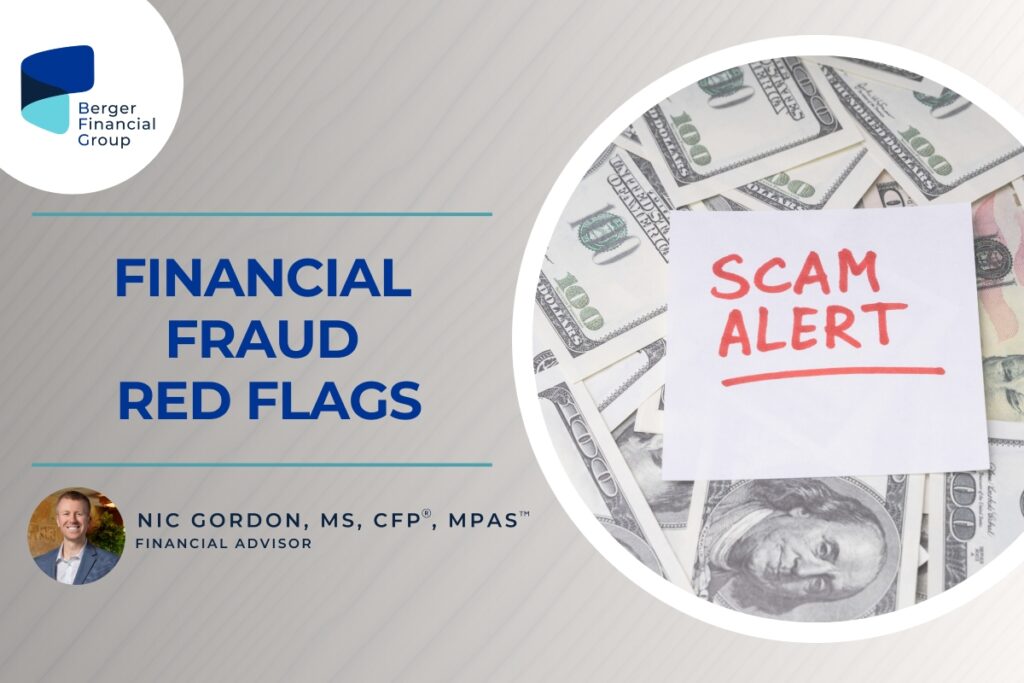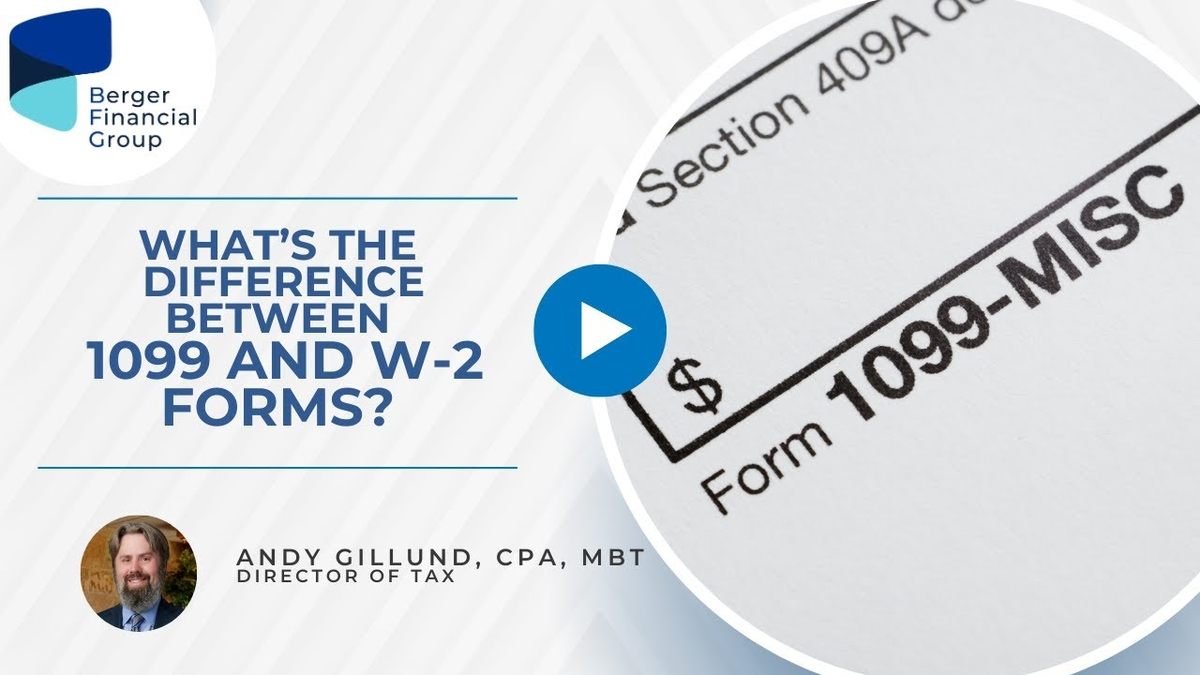As your trusted advisor, safeguarding your wealth is our top priority, especially in today’s environment where financial fraud is more prevalent and sophisticated than ever. It’s crucial to stay informed about potential red flags and the tactics fraudsters use to deceive even the most cautious investors. Below are some key warning signs to keep in mind and examples of convincing fraud techniques that have targeted many individuals.
Red Flags to Watch For:
- Too-Good-to-Be-True Returns: Be wary of any investment promising high returns with little or no risk. Scammers often lure investors with unrealistic gains that far exceed what the market typically offers.
- Pressure to Act Fast: Fraudsters frequently create a false sense of urgency, insisting you must act immediately or miss out on a “limited-time” opportunity. Legitimate investments rarely require snap decisions.
- Vague or Overly Complex Explanations: If you don’t fully understand an investment or the details seem intentionally unclear, proceed with caution. Fraudsters often use complex language to cover up fraudulent activity.
- Unverified Advisors or Companies: Always ensure that any person or entity offering an investment opportunity is properly licensed or registered with authorities like the SEC or FINRA. Unregistered operators are a major red flag.
- Incomplete or Unclear Paperwork: If the documentation provided is vague or missing important details, it’s a sign something may not be right. Always ensure that every aspect of an investment is well-documented and transparent.
- Unusual Account Activity: If you notice any unauthorized withdrawals or suspicious account activity, it’s important to address these right away, as they could indicate fraudulent access to your account.
Three Fraud Techniques to Be Aware Of
-
Ponzi Schemes Disguised as Exclusive Funds
Ponzi schemes are one of the most common forms of financial fraud, but they often appear to be legitimate investments. In these schemes, earlier investors are paid returns with the money of newer investors, creating the illusion of a profitable investment. Fraudsters might offer access to an “elite” fund with high returns, but no real investments are being made. A famous example is Bernie Madoff’s scheme, which defrauded thousands of families.
Warning Sign: If an investment promises steady, high returns regardless of market conditions, it’s likely too good to be true.
-
Phishing Scams and Fake Investment Portals
Cybercriminals often impersonate legitimate financial institutions, sending fake emails or texts to trick you into sharing personal or account information. These messages may contain links to fraudulent websites that look nearly identical to the real thing. Once your login information is entered, they can steal your credentials and withdraw money from your accounts.
Warning Sign: Be cautious of any unsolicited emails or messages, especially those that ask you to log in to accounts or provide personal details. Always double-check web addresses for slight differences (e.g., “bank-secure.com” instead of “bank.com”).
-
Affinity Fraud within Trusted Networks
Some fraudsters target specific social or professional networks, exploiting the trust that exists within these communities. They may present investment opportunities through friends, colleagues, or organizations you trust. Once they’ve gained access, they pitch fraudulent opportunities, often disappearing with the money.
Warning Sign: Even if an opportunity comes through a trusted source, always request full documentation and verify that the investment is properly registered.
Our role as your advisor is to ensure your financial security, and part of that is helping you stay vigilant against fraud. If you ever come across an investment that raises questions or seems off, please don’t hesitate to contact us. Together, we can carefully evaluate any opportunities and ensure they align with your goals and best interests. It’s better to take extra precautions than risk falling victim to fraud.




